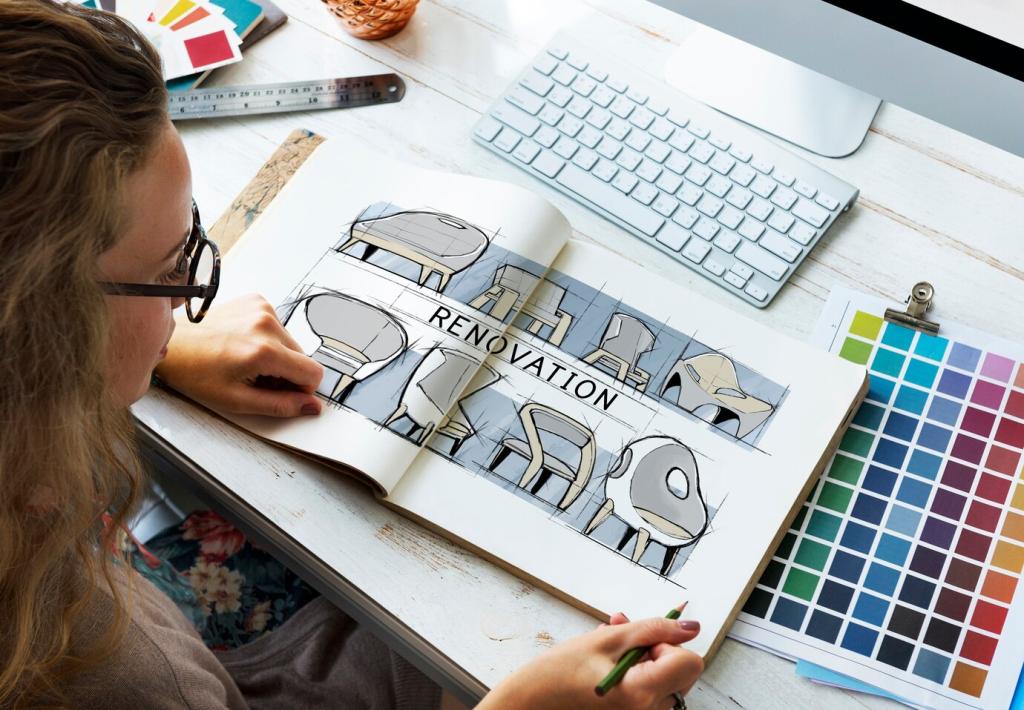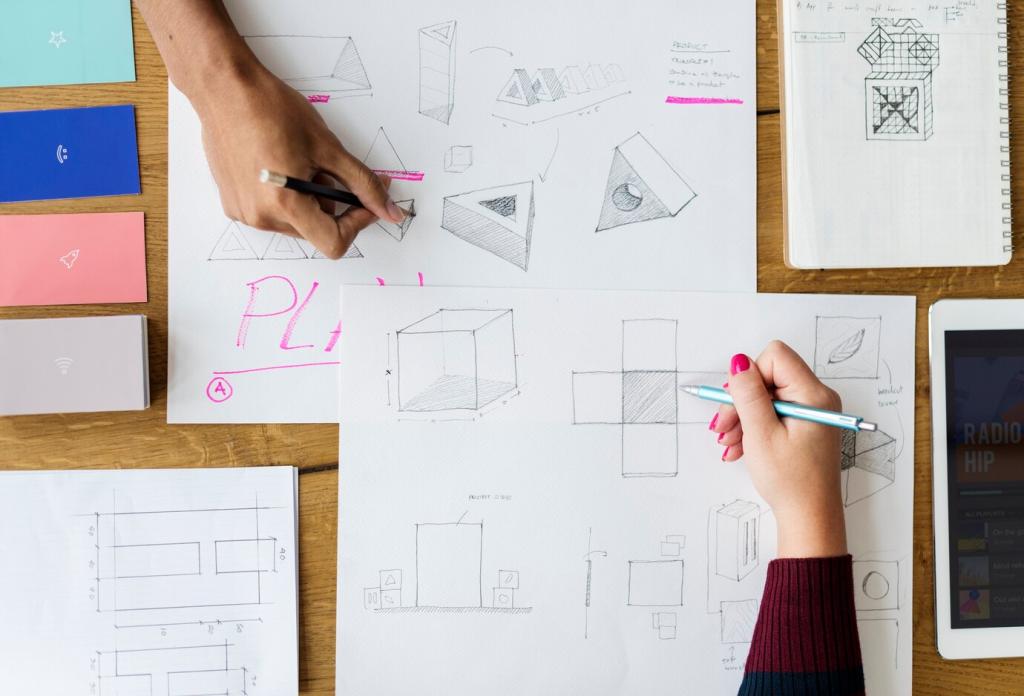
Design That Feels Native: Adapting to Platform-Specific Design Patterns
Chosen theme: Adapting to Platform-Specific Design Patterns. Welcome to a friendly, practical guide for building experiences that honor each platform’s habits without losing your product’s voice. Dive in, swap stories in the comments, and subscribe for upcoming deep dives and hands-on examples.
Know the Neighborhood: Native Expectations on iOS, Android, and Web
Human Interface Guidelines in Practice
On iOS, clarity, depth, and deference guide decisions. Navigation bars, large titles, bottom tab bars, and edge-swipe back gestures create a predictable rhythm. Respect 44pt touch targets, SF Symbols, and system sheets. Tell us how you encourage discoverability without cluttering elegant iOS surfaces.
Material Design’s Opinionated Rhythm
Android thrives on hierarchy, clear affordances, and expressive motion. Bottom navigation, top app bars, and the navigation drawer coexist with the system back button. Honor 48dp targets and meaningful elevation. Comment if you have replaced a floating action button with a more contextual pattern, and why.
Web Mental Models and Freedom
The web rewards link clarity, responsive layouts, and predictable scrolling. Keyboard navigation, hover states, focus rings, and accessible landmarks shape trust. Performance is part of design. Share how you balance component consistency with progressive enhancement so experiences still shine when capabilities vary.
When to Fit In—and When to Stand Out
Uniform visuals across platforms can comfort teams but confuse users. Keep voice, spacing, and information architecture consistent, while letting controls, motion, and navigation follow platform idioms. Share how you documented non-negotiables versus platform-adaptive elements inside your design system.
Use bottom tabs for top-level destinations on both platforms; reserve drawers for low-frequency, many-item menus on Android. Keep tab counts manageable, names short, and states clear. How do you validate that your destination hierarchy matches mental models across devices and contexts?
Navigation Without Whiplash
Honor iOS edge-swipe back and the Android system back button without trapping users in custom flows. Provide visible controls for critical exits and avoid hijacking back behavior. Share your strategy for testing nested modals, bottom sheets, and multistep wizards without frustrating people.
Navigation Without Whiplash
Controls, Typography, Icons, and Motion
Date pickers, switches, segmented controls, and share sheets carry strong platform expectations. Lean on native components or faithful replicas with platform-specific behavior. Ask your engineers which components they can wrap once and theme twice, then share your most effective abstraction approach.
Use San Francisco on Apple platforms and Roboto or system defaults on Android and web when appropriate. SF Symbols and Material Icons communicate platform identity. Keep optical sizes and alignment consistent. What strategies help you manage icon parity without flattening each platform’s voice?
Android’s ripple and elevation cues, iOS haptics and springy transitions, and the web’s focus states all confirm intention. Tune durations and easing per platform. Comment with the microinteraction that earned the most user praise or the one you decided to remove.

Cross-Platform Code, Platform-Specific Feel
Create tokens for color, type ramps, spacing, elevation, and motion, then define platform-specific aliases. Map neutral tokens to native expressions so themes adapt without hacks. Share how you structure tokens to avoid endless overrides and confusing naming.
Accessibility Is Non-Negotiable
01
Screen Readers and Semantics
VoiceOver, TalkBack, and desktop screen readers rely on good labels, roles, and traits. Group controls meaningfully, announce state changes, and avoid empty containers. If you have a checklist that caught recurring issues, post it so others can adapt it.
02
Targets, Contrast, and Motion Sensitivity
Respect the 44pt and 48dp minimums, ensure color contrast ratios meet guidelines, and honor reduced motion settings. Provide visible focus indicators and avoid relying solely on color. Tell us how you test accessibility on real devices during everyday development, not just at the end.
03
Localization, Formats, and System Sheets
Dates, numbers, calendars, and directionality differ by locale. Prefer system share sheets and pickers to inherit correct formats. Build layouts that stretch, wrap, and mirror gracefully. What localization issue taught you a lesson you never forgot?
Validate with Research and Telemetry
Run quick tasks that match daily habits: sharing a photo, finding settings, recovering from a mistake. Observe frustration around back behavior or hidden gestures. Invite readers to sign up for our panel and help shape future articles with their experiences.
Validate with Research and Telemetry
Instrument backstack bailouts, gesture retries, dead taps, and long-press duration outliers. Correlate with platform to spot non-native friction. Share the one metric that most clearly revealed an adaptation you needed to make but had overlooked.
Validate with Research and Telemetry
Use TestFlight, Play Console testing, feature flags, and staged rollouts. Pair release notes with in-app education tuned to each platform. Subscribe for our upcoming release checklist, and tell us how you decide whether to revert, patch, or wait for more data.
